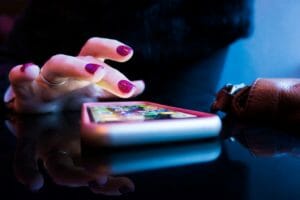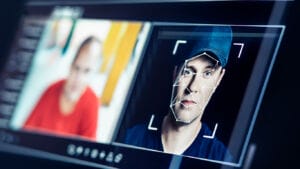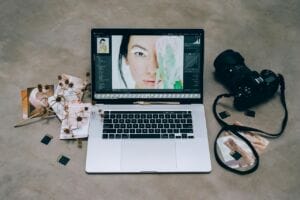
Hearing loss is more common than most think. Though hearing loss is typically equated with old age, about 1.1 billion teenager and young adults are susceptible to hearing lose today, according to the World Health Organization. Because losing one’s hearing is a gradual process, most people don’t pick up on it until it’s too late.
But when it comes down to accommodating the hard of hearing, it is difficult to find the resources available to those who experience hearing loss. The Phoenix-based OTOjOY is trying to change this.
Founded by Thomas Kaufmann, OTOjOY provides access to a better hearing experience on two fronts: providing the hearing loop technology directly to a facility, and equipping listeners with its LoopBuds earbuds.
In a typical concert or conference venue, the sound system and speakers are situated at the front of the room and broadcast the sound out to a crowd. This means that not only will the ears strain to hear the speaker over the audience, but the sound will also echo in the room.
“That doesn’t make it an enjoyable experience anymore, and you can’t pick up on all the information you want to pick up on,” Kaufmann said, “and especially, someone who has hearing loss really struggles in an environment like that.”
And because these venues depend so much on sound, the hard of hearing may not learn or enjoy themselves as much. That’s where LoopBuds and the hearing loop technology intervene.
“We basically take direct signal from the sound system, and we send that directly to people’s ears,” he said. With the hearing loop technology, only the intended sounds, like a voice in a speech, or the band in a music venue, is relayed back to the listener. This means that the listener hears only what he or she wants to, without the sounds of coughing, phones ringing and doors slamming in the room.
To install the hearing-loop technology in a venue, the team will lay wires across the room, either under the carpet or along the ceiling, which meet at a special amplifier connected to the venue’s main sound system. The wires carry a sound current to the LoopBud earbuds or hearing aids and cochlear implants with a telecoil, which processes the information and outputs a crisper, clearer and isolated sound.
LoopBuds can behave like normal earbuds, but when a venue features the hearing-loop technology, all a person has to do to tap into the line is to switch the device into “t” mode, standing for telecoil or t-coil. Most aids and cochlear implants come equipped with a t-coil, but it must be programmed into the device to work with the hearing loop technology. Unlike hearing aids, LoopBuds are also for anyone who wants to try the hearing loop technology and is not just limited to the hard of hearing.
The LoopBuds app gives the owner freedom to tailor the sound to his or her hearing needs, like turning down the bass and boosting the treble.
“It’s not picking up the sound of the microphone and cleaning it up,” said Kaufmann. “It’s picking up a magnetic field that we’re sending out that has the audio information in it, and it’s processing that and playing the audio back the way you want to hear it.”
There are over a hundred locations throughout Arizona, prominently in the Phoenix and Tucson area, that offer the service; among them are the Phoenix Convention Center, the Arizona State Legislature and the Van Buren. There are thousands nationwide.
Even people who have hearing loss may not think they need the technology, but those who have tried the LoopBuds are blown away at the difference it makes and sometimes, they are brought to tears.
“People don’t know how good it could be,” he said. “They don’t have a comparison; they don’t have a point of reference.”
Even though the technology was originally intended for those who are hard of hearing, Kaufmann, who has experienced heightened sensitivity to sound and sensory overload, has found that the technology is applicable in many other ways and to many kinds of people, like those who have learning disabilities or sensory processing challenges.
It is for this reason OTOjOY has installed the technology in schools and other learning environments.
Looking forward, OTOjOY is creating a Google Play version of the LoopBud app, as well as working on a transcribing system for the app, which is currently in beta.
In Arizona, Kaufmann is working to install the hearing loop technology in more Phoenix and Tucson locations, and to continue raising awareness about hearing loss and accommodating the hard of hearing.
“This is important,” he said, “and it’s something that people need in their lives to be independent and enjoy the things they would like to enjoy in their lives.”



